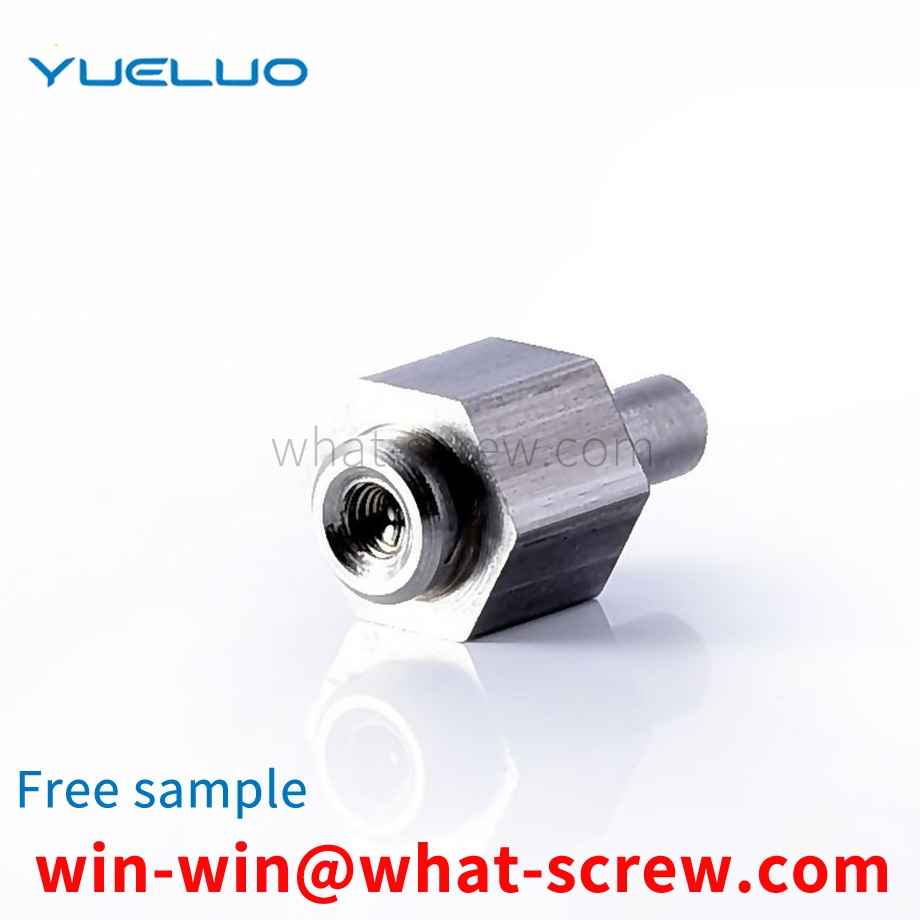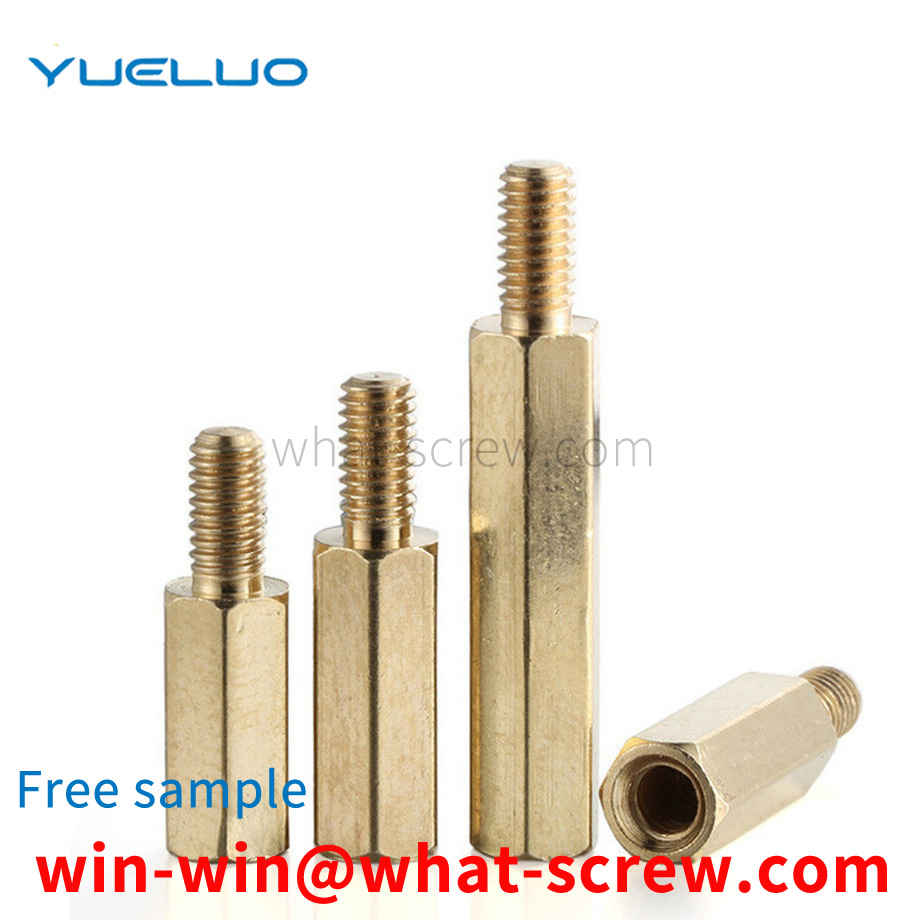The profile of the American National thread (60 profile angle and H/8 flatness) is different from the Wyeth thread profile (55 profile angle and H/6 flattening height). American National Thread is widely used in regions and industries that are influenced by American industry. In World War II, due to the inconsistent thread standards used by the Allies, the logistical supply difficulties caused serious economic losses and casualties to the Allies. Immediately after the end of World War II, the United States, the United Kingdom, Canada and other allies immediately began to formulate a unified thread standard among allied countries, and promulgated a unified thread standard in 1948. Because the economic strength and military strength of the United States dominated the Allied forces at that time, the unified thread was mainly formulated according to the national thread standard of the United States. Unity; the latter letter N is derived from the N designation for American National Threads. Since then, the unified thread began to squeeze the original use market of the British Whitworth thread.
(+): Cross slot (-): Slotted slot (T): Chrysanthemum slot (H): Hexagon socket (PZ): Bevel slot (+-): +- slot (Y): Y-shaped slot (H) : H-groove (L): Back-stop tooth (WIS): Single-moving spring washer (WIF): Single-moving flat washer (WIT): Single-moving external tooth washer (W2SF): Double-moving flat washer (W=6mm ): Washer outer diameter equal to 6mm (SUS): Stainless steel (Cu): Brass (Br): Red copper (8.8): Grade 8.8 screw (10.9): Grade 10.9 screw (12.9): Grade 12.9 screw (R): Other Notes
In the repair process of the EDITION 700 gearbox, it is often necessary to replace the piston seal. When replacing the direct gear piston seal, the shaft spring retaining ring on it must be removed before the piston can be taken out for replacement. For the seal, since the piston return spring 3 presses the retaining ring 5 through the spring seat 4 (as shown in Figure 3), it cannot be taken out directly. It is necessary to press down the spring seat before taking out the retaining ring. Without special tools, it is not easy to remove the retaining ring. At present, it is a time-consuming, labor-intensive and unsafe job that requires multiple people to use a screwdriver and a prying board to forcefully squeeze and pry to remove the retaining ring.
rivet nut is a tool for riveting nuts, which can be used for riveting the nut to a sheet and has a wide range of uses. Most of the existing rivet nuts have a double-handled structure, which is complicated in structure and high in cost; and the double-handled structure generally requires both hands to operate due to the large distance between the two handles, which is inconvenient to operate. Technical realization elements: In order to solve the above technical problems, Yueluo provides a rivet nut with simple structure, low cost and convenient operation. The technical solution adopted by Yueluo is: including a fixed body, a sliding body, a guide sleeve, a nut, a hollow screw and a handle;
The Greek mathematician Arkutas once described the principle of screw, screw, screw. In the first century AD, the Mediterranean world had begun to use wood screws, screws, and screws in screw presses that could press olive oil from olives, or make wine from grapes. Before the fifteenth century, metal screws, screws, screws were rarely used as fasteners in Europe. Rybczynski (Rybczynski) proves that hand-held screwdrivers and screwdrivers existed in the Middle Ages (at the latest AD 1580), but it was not until the eighteenth century that threaded fasteners were commercialized and began to be widely used. . Before threaded fasteners were widely used, there were many different ways of tightening. Mostly related to woodworking and forging, and less to machining, concepts such as dowels and pins, wedges, tenon and tenon, dovetails, nails, forge welding, and others are tied with leather or fiber and tied together. Before the mid-nineteenth century, ships were built with cotter pins, pin bolts, or rivets. There were also adhesives, but not as many as they are here today. Metal screws, screws, and screws became commonly used fasteners after the use of machine tools in the 18th century to mass-produce screws, screws, and screws. This technology developed around the 1760s and 1770s, along two separate processes. Approaches, but quickly converged: wood screws, screws, screws (metal screws for wood fixing, screws, screws) are machined with single-purpose, high-yield machines, and low-volume, mold shop style production V-Thread Machine Screws, Screws, Screws, can choose from a variety of different pitches.
We have many years of experience in the production and sales of screws, nuts, flat washers, etc. The main products are: Torx countersunk head screws and screws, DIN7349 washers, cross head screws and nuts, BS sealed galvanized blind hole rivet nuts and other products, we can Provide you with the right fastener solution for you.



















 Service Hotline
Service Hotline




